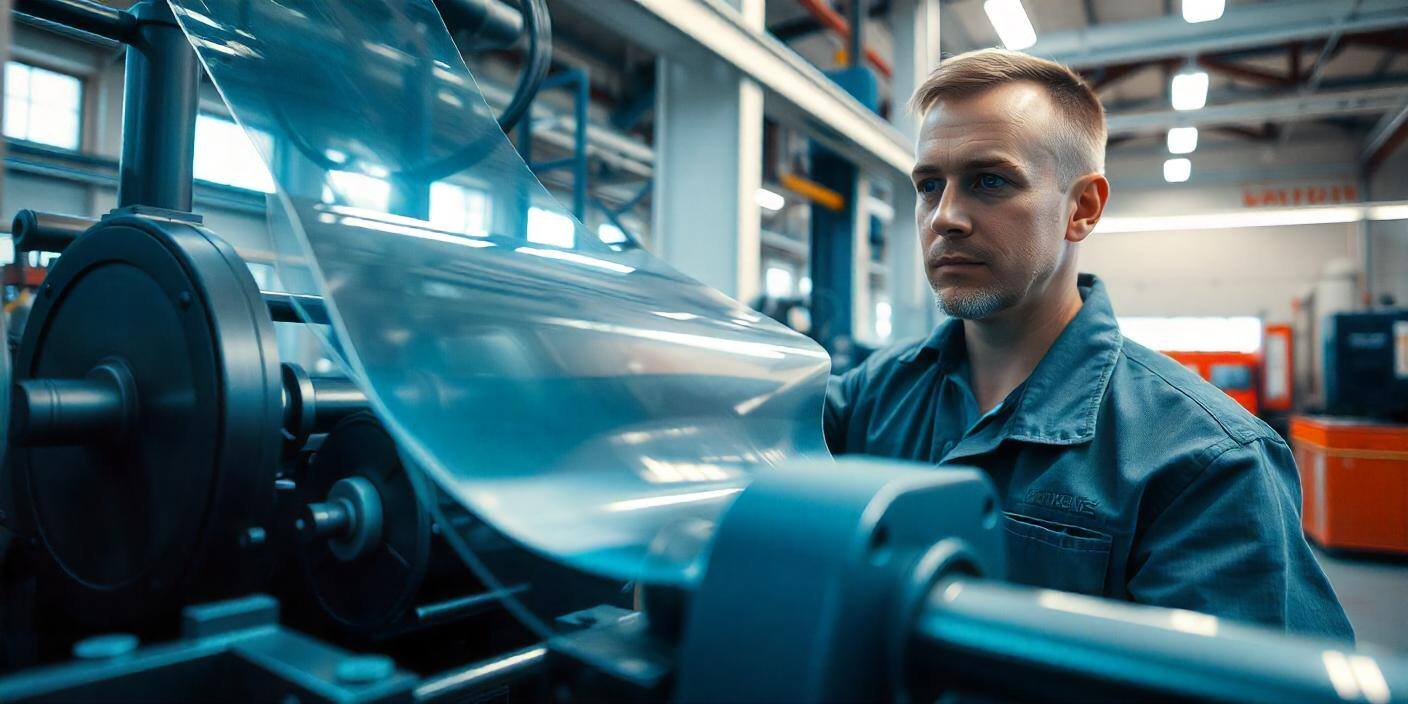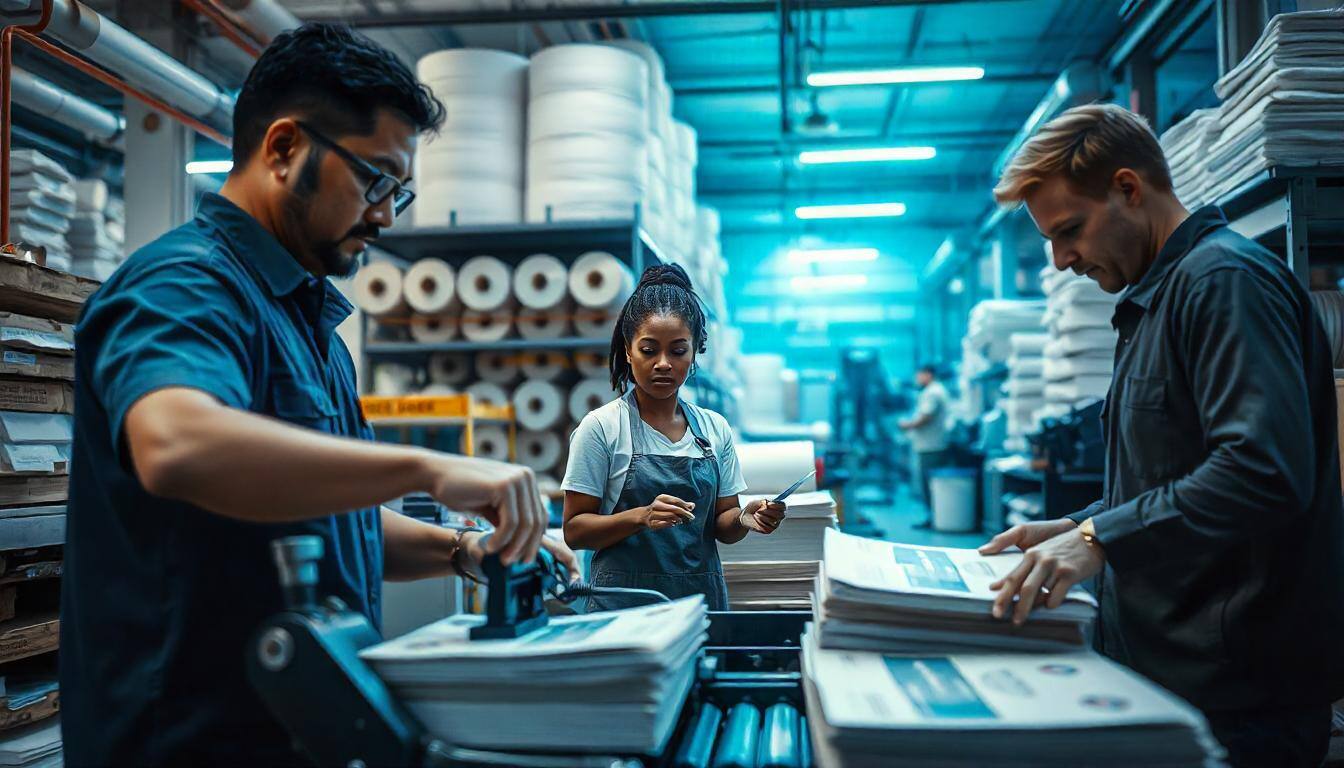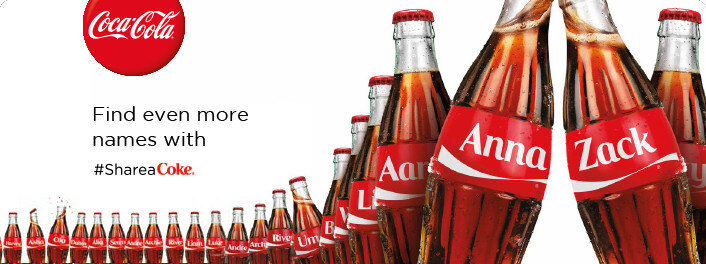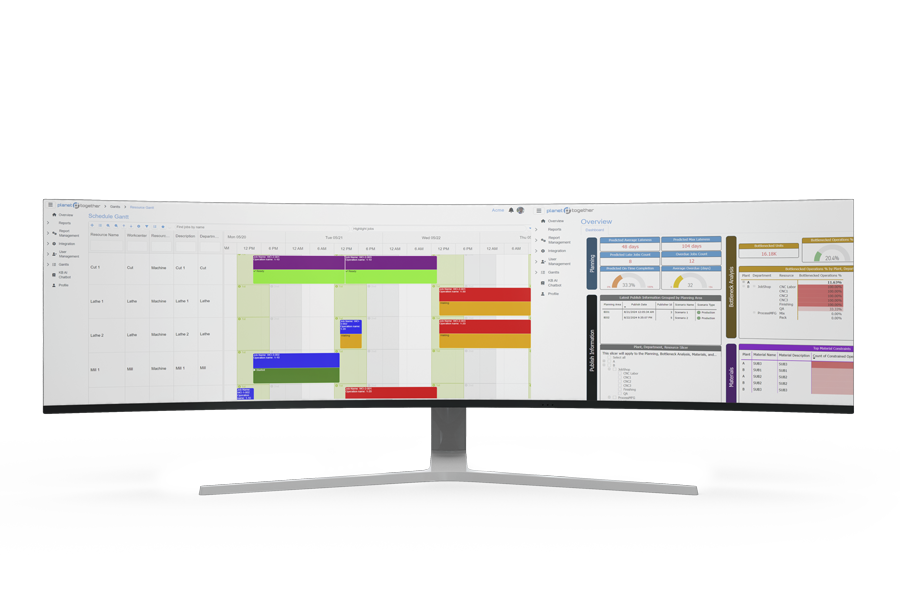Where the Printing and Packaging Industry Stands Today
The printing and packaging industry plays a vital role in global commerce, serving a diverse range of sectors, from consumer goods to industrial applications. In 2023, the industry was valued at over $350 billion and is projected to reach $410 billion by 2027. This growth is primarily driven by rising demand for e-commerce, where packaging plays a crucial role in product protection and presentation. Evolving consumer expectations, including preferences for personalized and sustainable packaging solutions, further fuel this expansion. However, despite its positive outlook, the industry faces significant challenges that require careful attention.

Adapting to Growth: Overcoming Challenges in the Printing and Packaging Industry
Supply chain disruptions, which have become more prevalent in recent years, continue to strain production timelines and costs. Additionally, there is a growing need for sustainable practices as both consumers and regulators demand environmentally friendly solutions, such as recyclable and biodegradable materials. Companies are also increasingly under pressure to integrate digital technologies like automation, artificial intelligence, and data analytics into their production processes. These advancements promise greater efficiency and the ability to meet consumer expectations for rapid delivery and high-quality products. However, adopting these technologies requires investment, expertise, and a shift from traditional methods of operation, forcing businesses to rethink and innovate their production models to remain competitive in a changing market.
For businesses in this sector, staying competitive means embracing innovative solutions that streamline processes, reduce waste, and adapt to the dynamic demands of the market.

Key Trends Shaping Printing and Packaging in 2025
Sustainability as a Business Imperative
The global push for eco-friendly solutions is reshaping packaging production. Governments and consumers are demanding sustainable materials like biodegradable plastics and recyclable paper. In fact, 85% of consumers now say they prioritize buying products with sustainable packaging. Companies like Unilever and Nestlé have committed to making all packaging recyclable or reusable by 2025, underscoring the urgency of this trend.
Rise of Personalization in Printing
Advances in digital printing technologies are enabling customized packaging at scale. From personalized labels to regional marketing campaigns, brands are leveraging this to improve customer engagement. Statistics show that 72% of consumers are more likely to buy a product when packaging is personalized.
- Real Example: Coca-Cola’s “Share a Coke” campaign saw a 2% sales increase thanks to personalized bottle labels.

(Source: Coca-Cola)
Coca-Cola’s "Share a Coke" campaign, featuring personalized bottle labels with popular names, led to a 2% sales increase and revolutionized the packaging and printing industry. It showcased the power of personalization, driving demand for advanced digital printing and variable data printing (VDP) technologies capable of producing unique labels at scale. This campaign inspired brands to use packaging as a marketing tool, fostering emotional connections with consumers and boosting brand engagement. It also pushed the industry toward more agile manufacturing processes, making personalization a key trend across sectors like food, beverage, and cosmetics.
Smart Packaging and IoT Integration
Packaging is no longer just about protection; it’s becoming a communication tool. Technologies like QR codes, NFC chips, and augmented reality (AR) features are being integrated into packaging to enhance consumer interaction and provide real-time tracking. This trend is particularly relevant for pharmaceuticals and high-value goods.
Automation and Optimized Scheduling
With supply chain pressures and labor shortages, automation is critical. Scheduling tools like PlanetTogether APS are enabling manufacturers to optimize workflows, reduce downtime, and improve on-time delivery. Businesses using APS report a 20% improvement in overall equipment effectiveness (OEE).

As the printing and packaging industry heads into 2025, it’s clear that the future lies in embracing innovation, sustainability, and advanced technology. By adopting trends like personalized packaging, smart features, and automation, companies can improve production efficiency, enhance customer engagement, and meet the growing demands of environmentally conscious consumers.
The key to navigating these changes successfully will be adopting the right tools to optimize production and reduce waste.
Looking to future-proof your printing and packaging operations? Request a demo of PlanetTogether APS and discover how advanced planning and scheduling can drive efficiency and sustainability.